Glass Greenhouse CFD Simulation Using Solar Ray Tracing, ANSYS Fluent Software
Glass Greenhouse CFD Simulation Using Solar Ray Tracing, ANSYS Fluent Software
- Upon ordering this product, you will be provided with a geometry file, a mesh file, and an in-depth Training Video that offers a step-by-step training on the simulation process.
- For any more inquiries regarding the product, please do not hesitate to reach out to us at info@CFDLAND.com or through our online support assistant.
€240.00 Original price was: €240.00.€115.00Current price is: €115.00.
Glass greenhouses rely greatly on solar radiation to work properly. Glass, which is transparent to most wavelengths of sunlight, permits solar radiation to enter the greenhouse, resulting in a warm and controlled environment for plant growth. Once inside, the greenhouse’s surfaces, such as plants, soil, and structures, absorb solar energy. The absorbed energy is then converted into heat, which raises the temperature inside the greenhouse. The glass walls trap this heat, resulting in a greenhouse effect that prevents infrared radiation from escaping and keeps the temperature greater than the surrounding environment. This controlled thermal climate is critical for extending the growing season, boosting plant growth, and protecting crops from bad weather conditions.
This time, a glass greenhouse is simulated using ANSYS Fluent software. As always, a valuable reference paper is selected for basic assumptions titled “Numerical and experimental study of a closed loop for ground heat exchanger coupled with heat pump system and a solar collector for heating a glass greenhouse in north of Tunisia [1]”.
- Reference [1]: Awani, S., et al. “Numerical and experimental study of a closed loop for ground heat exchanger coupled with heat pump system and a solar collector for heating a glass greenhouse in north of Tunisia.” International Journal of Refrigeration76 (2017): 328-341.

Figure 1: A real-world example of Glass Greenhouse
Simulation Process
The geometry of the glass greenhouse is modelled considering pipes beneath the soil ground acting as solar collectors. Although it is challenging, a structured grid is generated. Discrete Ordinates (DO) model is activated in the solver to investigate solar radiative effects, which play a crucial role in greenhouses. Plus, solar irradiation is calculated using ANSYS Fluent`s Solar Ray Tracing module. So, the software only defines the longitude and latitude of the location. It is 1st of January and the outdoor temperature is nearly 10°C.
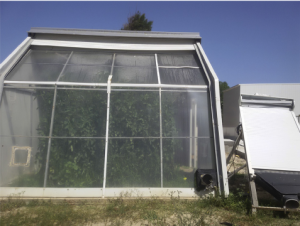
Figure 2: View of the experimental system of greenhouse [1]
Post-processing
Looking at the temperature patterns inside the greenhouse, we can see a fascinating layering of heat from top to bottom. The temperature ranges from 33.24°C to 81.56°C, with the warmest areas concentrated near the ground level. This is primarily due to the greenhouse effect, where solar radiation enters through the glass and heats the interior surfaces. The upper part of the greenhouse maintains cooler temperatures around 33-38°C, creating a natural temperature stratification. This significant temperature difference between the ground and ceiling demonstrates how the greenhouse structure effectively captures and retains heat from solar radiation.
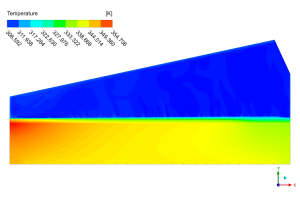
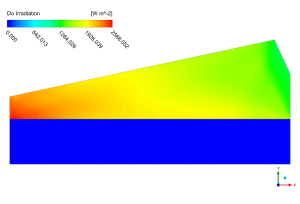
Figure 3: the temperature and DO irradiation patterns inside the glass greenhouse CFD Simulation
The air movement inside the greenhouse reveals an interesting pattern of natural convection. As hot air rises and cool air sinks, we see intricate circular patterns forming throughout the space, with air speeds varying from completely still to about 0.84 meters per second. These natural air currents are particularly active near the slanted roof and walls, creating a series of recirculation cells that help mix and distribute heat evenly. These air movements prevent any single area from becoming too hot or too cold, especially along the walls and near the ground where temperature differences are most pronounced. The natural convection system ensures that heat is efficiently distributed throughout the growing space, creating a dynamic yet stable environment inside the greenhouse.
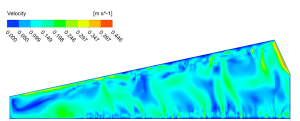
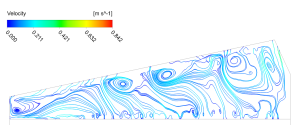
Figure 4: Velocity and streamline pattern due to natural convection in the glass greenhouse
We pride ourselves on presenting unique products at CFDLAND. We stand out for our scientific rigor and validity. Our products are not based on guesswork or theoretical assumptions like many others. Instead, most of our products are validated using experimental or numerical data from valued scientific journals. Even if direct validation isn’t possible, we build our models and assumptions on the latest research, typically using reference articles to approximate reality.
Yes, we’ll be here . If you have trouble loading files, having technical problems, or have any questions about how to use our products, our technical support team is here to help.
You can load geometry and mesh files, as well as case and data files, using any version of ANSYS Fluent.
€135.00 Original price was: €135.00.€85.00Current price is: €85.00.

€135.00 Original price was: €135.00.€65.00Current price is: €65.00.

€185.00 Original price was: €185.00.€125.00Current price is: €125.00.

€240.00 Original price was: €240.00.€125.00Current price is: €125.00.

€255.00 Original price was: €255.00.€135.00Current price is: €135.00.

€320.00 Original price was: €320.00.€175.00Current price is: €175.00.







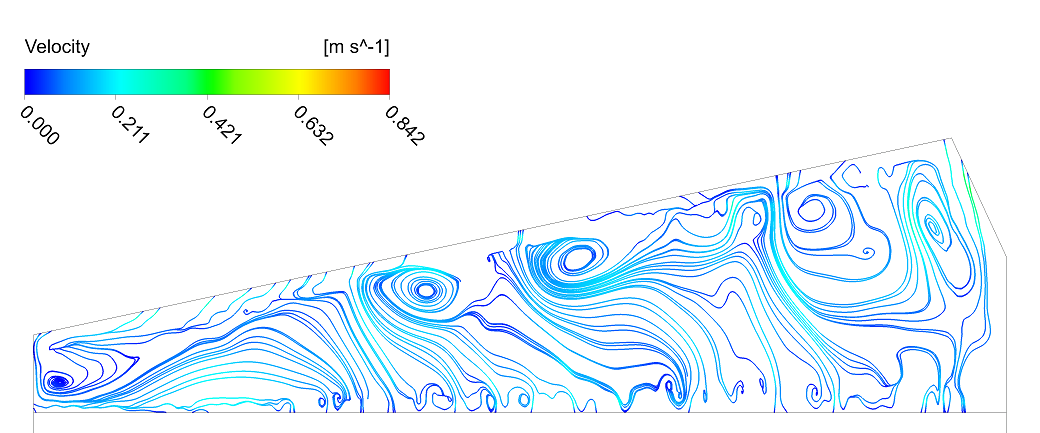

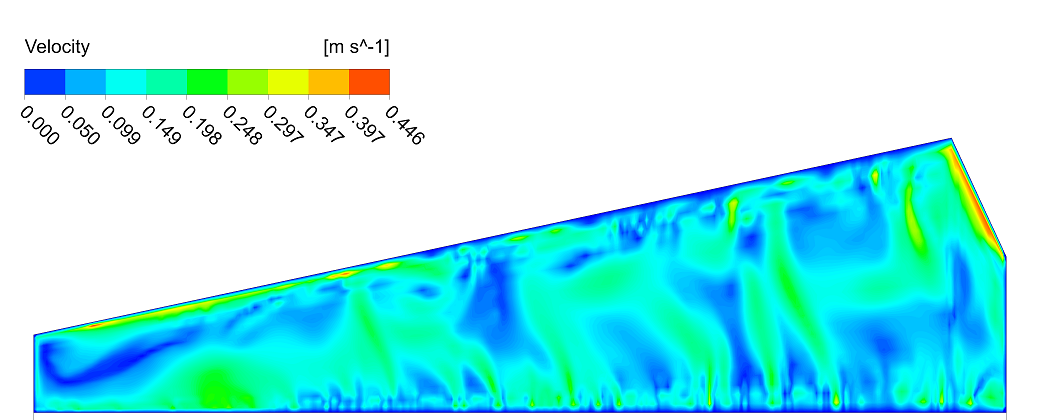





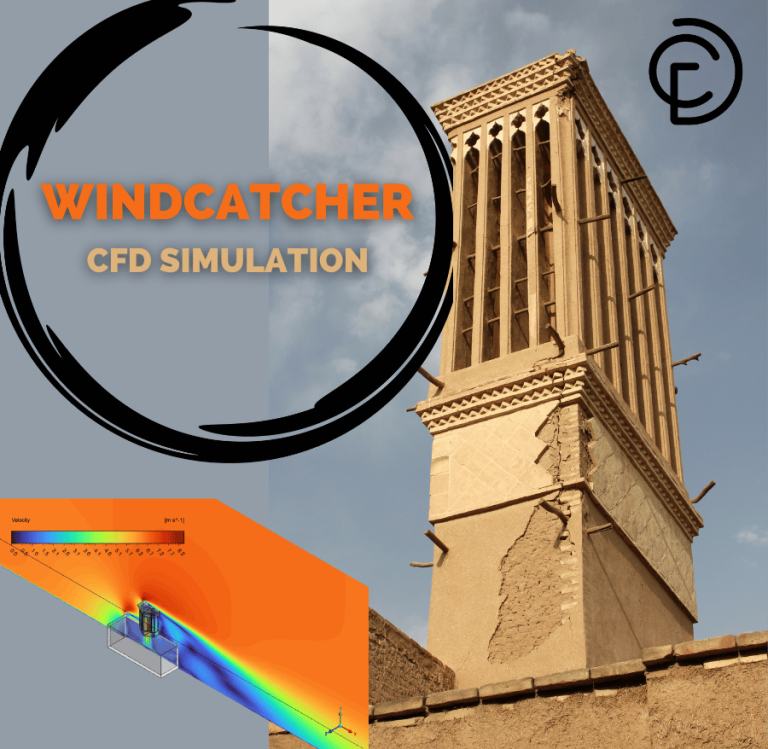
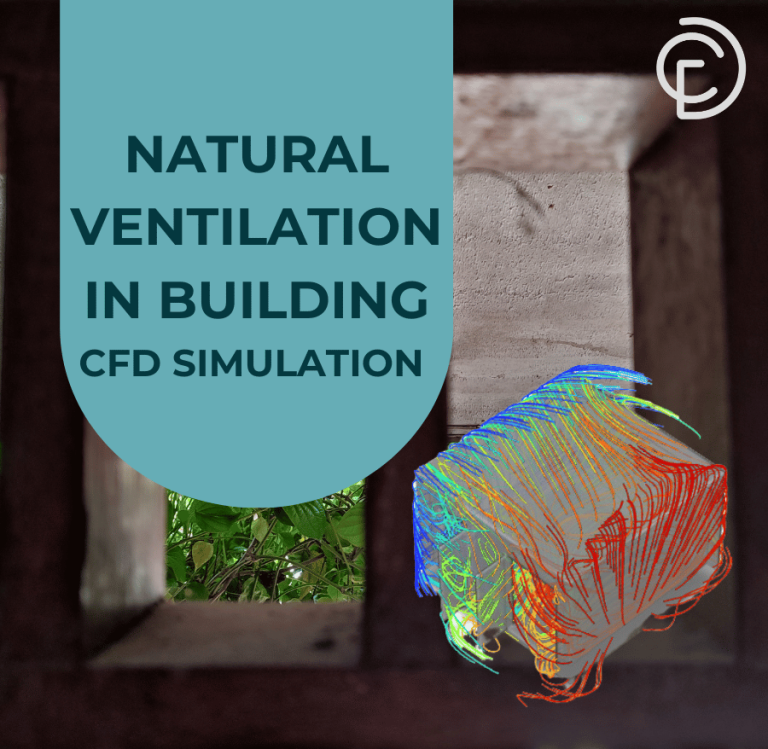
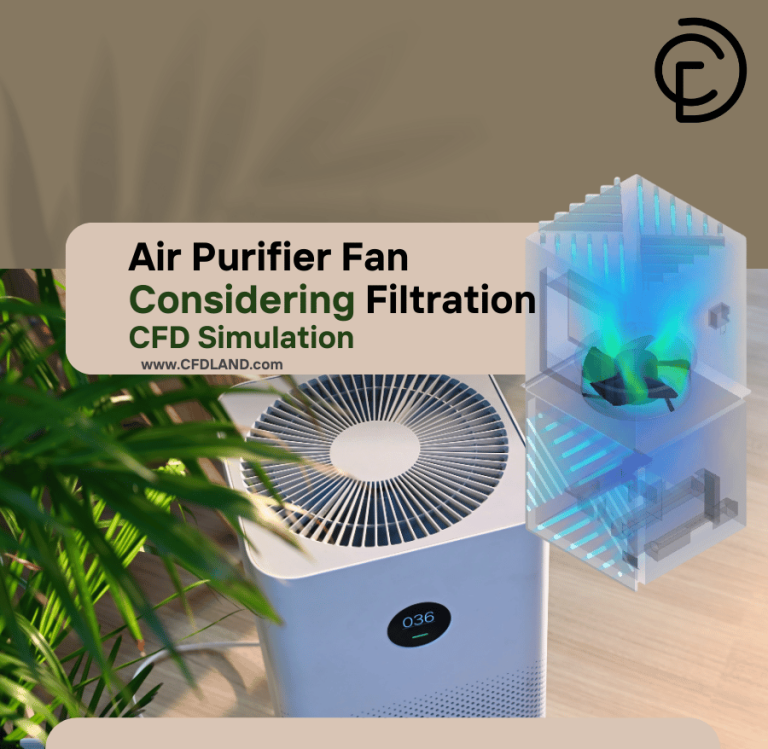
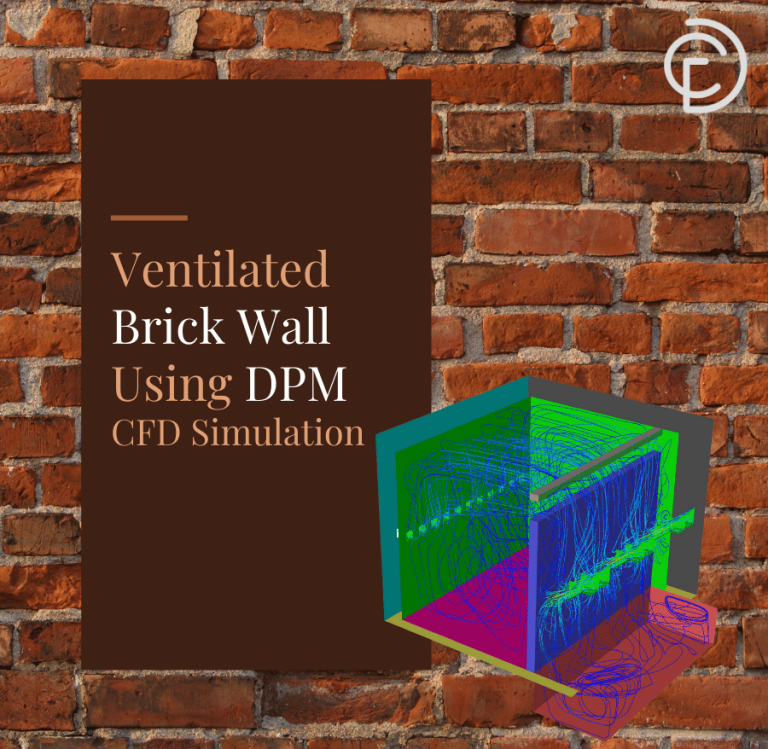
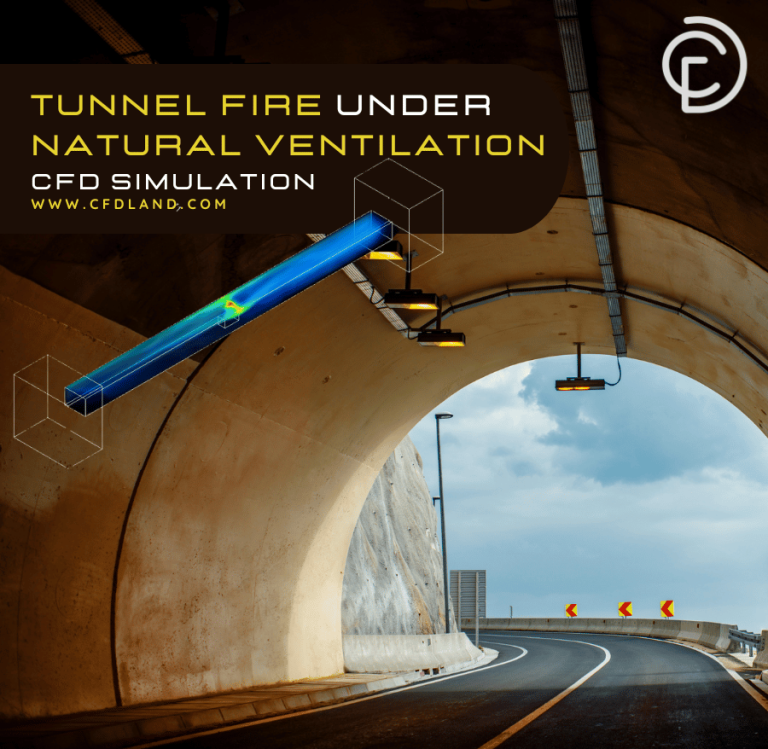
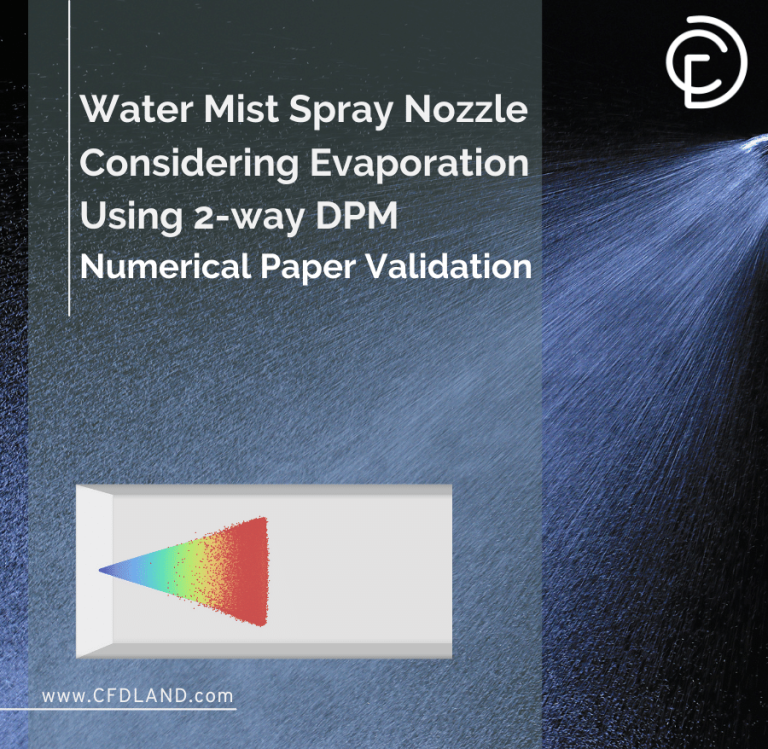
Reviews
There are no reviews yet.